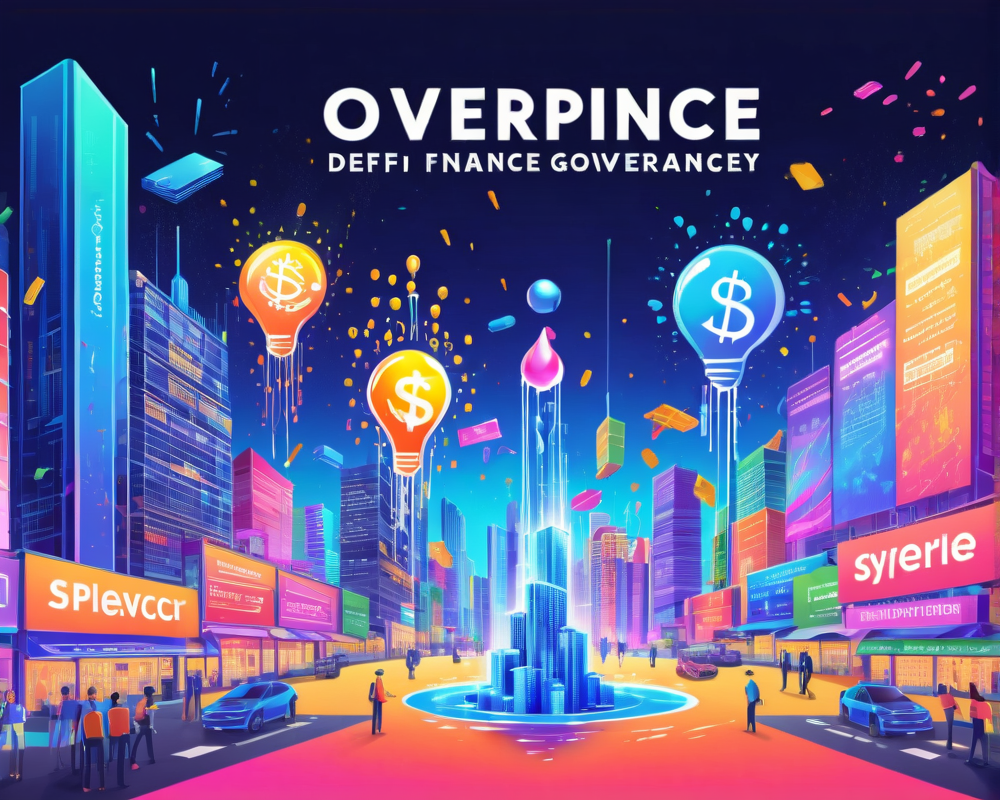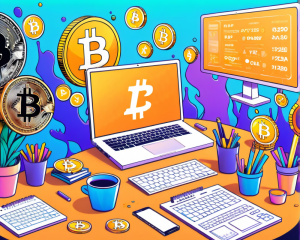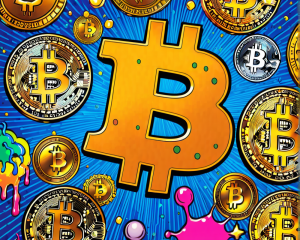The Evolution of Governance in DeFi
Blockchain technology is rewriting the rules of finance, making decentralized finance (DeFi) one of the hottest concepts in the finance world. Governance in this new age is like trying to herd cats—cats that are all very opinionated! As projects emerge and evolve, governance is at the forefront of discussions, impacting how decisions are made.
The Battle of the Giants: Sam Bankman-Fried’s Take
Recently, Sam Bankman-Fried of FTX made waves by saying his company’s approach to DeFi governance is all about short-term gains. It’s like being at a buffet and only piling your plate high with dessert, leaving the veggies behind. It raises eyebrows, for sure. If projects want to create a more sustainable governance structure, they may need to rethink their rules and incentives.
Governance Tokens: The Good, the Bad, and the Concentrated
Governance tokens are the lifeblood of DeFi projects, functioning much like voting shares in traditional corporations, where the more you own, the louder your voice. However, what happens when a few whales hoard all the tokens? It’s like letting a couple of kids run the candy store. This concentration of power might speed up decision-making in the early days, but it can lead to trouble when those same giants make choices mainly for self-benefit.
- While centralization may enhance early adaptability, it compromises long-term decentralization goals.
- Decentralizing token distribution ensures inclusive decision-making.
Yield Farming: Where Governance Meets Profit
Yield farming is the cherries on top of the DeFi cake, creating a buzz as users chase rewards like kids after an ice cream truck. This innovative method allows users to earn governance tokens while providing liquidity, proving that the user base can indeed be a winning strategy. But how sustainable is it? If users start selling their rewards, will projects grasp hold of their liquidity?
Learn from the Lessons of Uniswap
Take Uniswap, for example—its governance tokens came out not long ago. Initially, changes were made by the developers alone, like a director who never lets the cast have a say. But with the introduction of governance tokens, users can now have a say—even if it’s still a bit of a wild west.
Governance Autonomy: A Double-Edged Sword
There’s a rise in examples where founders cashed in on governance tokens and ghosted their projects. It’s like abandoning a ship as soon as it hits turbulent waters—certainly not encouraging for backers expecting a sunset cruise. However, projects like Uniswap and its rival SushiSwap show that decentralized governance can work if managed well.
Key Takeaways:
- Be wary of founders who disappear—do your due diligence!
- Understand the risks involved, especially when the governance structure is still in its infancy.
Final Thoughts: The Path Forward
As chaotic as it may feel right now, decentralized governance is the way forward, enabling communities to come together. Governance tokens may well be the best way to tap into collective wisdom and achieve true decentralization, as long as we keep an eye on the balance of power. And who knows? Perhaps in this brave new world, projects based on reputation will rise to the occasion, leading us into even more innovative territory.















+ There are no comments
Add yours